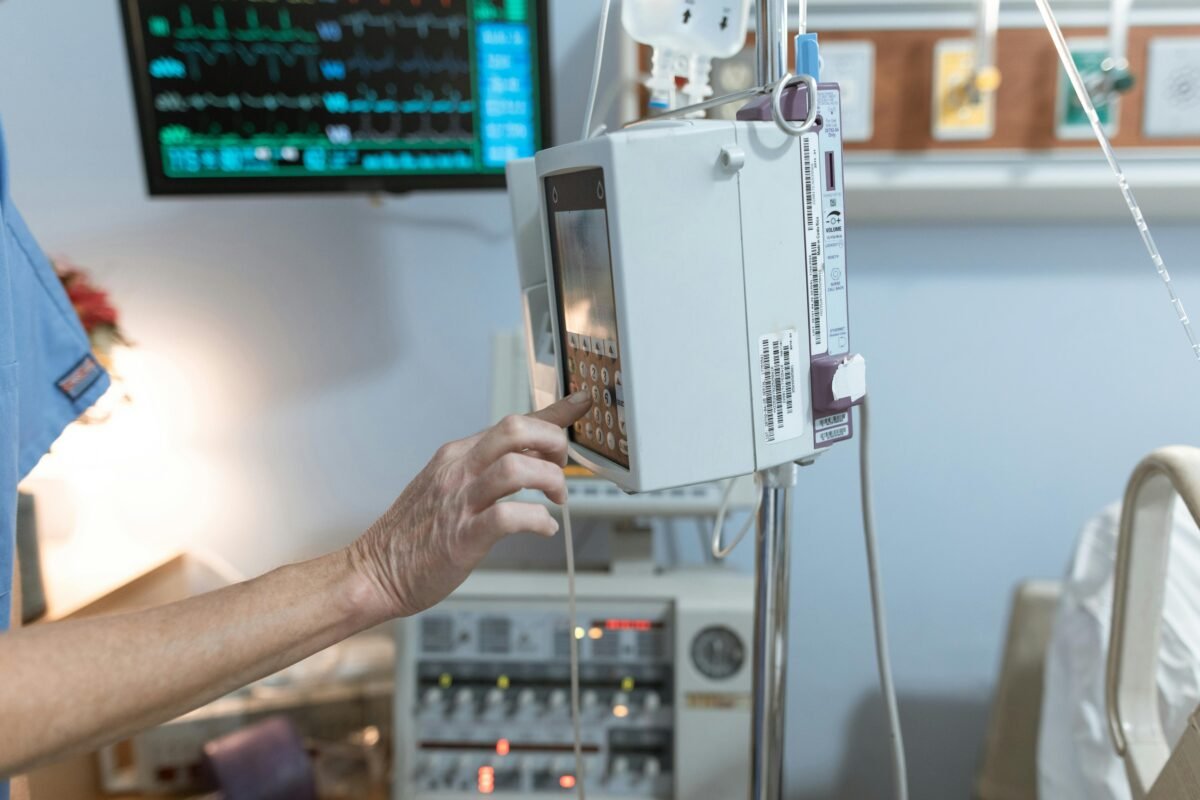When it comes to writing, technical writing has its own unique style. It’s all about clarity and accuracy, making sure readers can complete tasks effectively. The goal? To provide help right when you need it.
Many people don’t have a clear understanding of what technical writing really is. It often gets mixed up with other types of writing, like academic, business, or marketing writing. This misunderstanding can result in miscommunication, unrealistic expectations, or ineffective content when technical documents are written in an inappropriate style.
So, let’s explore how technical writing compares to other writing styles. By outlining the differences, we can better understand the true function of technical writing and its importance in producing effective user guides, software documentation, and other instructional materials.
Technical writing vs. creative writing
Creative writing is all about storytelling, emotion, and artistic expression. Whether it’s fiction, poetry, or a personal essay, the goal is to engage, inspire, and provoke thought. It paints pictures with vivid descriptions and plays with figurative language to draw readers into an experience, making them feel something.
Technical writing, on the other hand, serves an entirely different purpose. It’s clear, structured, and straight to the point. Instead of evoking emotions, it focuses on delivering precise information in the simplest way possible. The goal? To make sure readers can understand and apply the information right away.
Take a spaceship launch, for example. A novelist might describe it like this:
The engines roared to life, sending vibrations through the cockpit as the pilot tightened his grip on the controls. Stars shimmered beyond the windshield, their distant glow swallowed by the rising fire beneath.
This description is rich in detail, helping readers picture the moment.
But if a technical writer were explaining the same event in a user manual, it would look more like this:
1: Make sure that all pre-launch safety checks have been completed.
2: Press the ignition button to start the primary thrusters.
3: Keep an eye on fuel levels and make adjustments as needed before applying full thrust.
As this example shows, technical writing is all about clarity and action. It strips away unnecessary details and tells users exactly what they need to do, step by step. It prioritizes simplicity and factual accuracy to ensure users can follow the steps with ease and confidence.
While creative writing leaves room for interpretation, technical writing must be precise and leave no room for confusion.
This is especially important in fields like engineering, healthcare, and software development, where even small misunderstandings can lead to costly mistakes or put lives at risk.

Technical writing vs. academic writing
Academic writing is another form of writing that prioritizes clarity, yet it differs from technical writing in several key aspects.
Academic writing is more theoretical, analytical, and often builds an argument. Take cybersecurity, for example. An academic paper on the topic might explore encryption theories, analyze past security breaches, and debate the ethical side of privacy laws. It would include citations, references to past studies, and carefully structured arguments to support its main point.
Here’s a fictional example of what that might look like (facts not checked):
A major ethical debate in cybersecurity revolves around “backdoor access” in encrypted systems. Some researchers argue that allowing law enforcement limited access to encrypted data is necessary for national security (Johnson & Patel, 2019), while others contend that such measures compromise overall cybersecurity, making systems more vulnerable to malicious attacks (Anderson, 2018). This debate highlights the tension between privacy and security, a central issue in modern cybersecurity policy.
On the other hand, a technical document on cybersecurity would be practical and solution-oriented, covering topics like:
How to set up two-factor authentication
How to adjust firewall settings for optimal security
How to resolve common VPN problems
Here’s an example of technical documentation:
How to set up two-factor authentication
Two-factor authentication (2FA) enhances your account’s security by requiring an additional verification step beyond just your password. To set up 2FA, follow these steps:
- Log in to your account. Visit the website or app where you want to activate 2FA and sign in.
- Go to security settings. Find the account or security settings section, typically located under “Privacy & Security” or “Login Settings.”
- Select two-factor authentication. Look for the option for 2FA and click “Enable” or “Set up.”
- Choose a verification method. Most services provide options like SMS codes, authentication apps, or hardware security keys. Pick the method that works best for you.
As we can see, technical writing is all about clear, step-by-step instructions that help readers apply security measures right away. It doesn’t dive into cybersecurity trends or debate policy decisions – it focuses on what to do and how to do it.
Another key difference is that academic writing puts a lot of weight on sources, citations, and authorship. It highlights who contributed what and how ideas have evolved over time. Technical writing, on the other hand, isn’t concerned with who said what or who deserves credit. It simply presents trustworthy, easy-to-follow information and couldn’t care less about whose idea it was in the first place.
Academic writing also tends to be more formal, using longer sentences and complex vocabulary. Technical writing keeps things simple and direct so that anyone – from beginners to experts – can understand and use the information without any extra effort.

Technical writing vs. business writing
Business writing and technical writing differ in many ways, too. While both focus on clarity, business writing is more about persuasion and strategy.
Business writing includes various forms of communication including emails, proposals, and reports. It’s often used to influence stakeholders, attract investments, or advance company goals.
For example, a business proposal for a new software system would focus on:
• Return on investment (ROI), showing how the software saves money or increases revenue
• Improved efficiency, highlighting how it streamlines workflows or reduces workload
• Competitive advantages, explaining what makes it better than other options
• Key performance metrics, using data to support its effectiveness
A technical document for the same software wouldn’t try to sell anything – it would go straight to explaining how to use it. It would cover:
Installation steps
System requirements
Troubleshooting tips
Configuration settings
The goal isn’t to convince someone to buy the software but to make sure they can use it effectively once they have it.
Tone and style are different, too. Business writing might adjust its style according to the audience and context. A boardroom report might sound formal and professional, while an internal newsletter could be more relaxed and conversational. Technical writing, on the other hand, stays consistent – always maintaining the same neutral, precise, and standardized tone.

Technical writing vs. marketing communication
People often mistake technical writing for marketing communication, but they couldn’t be more different. Marketing is all about grabbing attention, creating excitement, and selling a product. Technical writing, on the other hand, is about making things clear, helping users understand, and guiding them through a process.
To see the difference in action, let’s compare a product advertisement with a user manual for the same product.
Here’s the marketing copy:
Experience the power of next-gen processing speeds! Our state-of-the-art laptop is engineered for performance, allowing you to work and play like never before.
And here’s the technical documentation:
To set up your laptop, connect the power adapter and press the power button. Follow the on-screen prompts to complete the initial setup.
The difference is easy to spot. Marketing uses persuasive, emotional language to build excitement and create a sense of urgency. Technical writing, on the other hand, provides clear, step-by-step instructions to help users get started.
A marketing writer tells a story that grabs attention, using words that connect with a buyer’s emotions, goals, and needs. They write product descriptions, promotional emails, and social media campaigns that make the product feel like a must-have.
A technical writer focuses on creating clear, practical guides that make setup and everyday use simple and frustration-free.
And here’s the thing: marketing comes before the purchase, while technical writing comes after.

Marketing grabs attention and convinces customers to buy. It sells the dream of what the product can do. Technical writing steps in after the purchase, helping users turn that dream into reality with clear instructions, troubleshooting guides, and best practices to ensure they can use the product effectively.
Take the example of buying a high-end camera. The marketing materials highlight stunning image quality, advanced autofocus, and professional-grade features. But after the purchase, the technical documentation walks you through setting up the camera, adjusting settings, and fixing common issues. Both types of writing matter, but they serve completely different purposes.
Marketing makes promises. Technical writing makes sure those promises are kept.
Final thoughts
While every type of writing has its own strengths, technical writing stands out for its focus on practicality and usability.
- Unlike creative writing, it’s not meant to entertain.
- Unlike academic writing, it’s not about who said what or who deserves credit.
- Unlike business writing, it’s not about persuasion.
- And unlike marketing communication, it’s not about selling – it’s about teaching and guiding.
Whether you’re writing an installation guide, user manual, or release notes, the key principles of technical writing remain the same: be clear, be concise, and make it easy for users to find answers fast. They’ll appreciate it.
Turn Your Documentation Into AI-Ready Infrastructure
Good documentation does more than answer questions – it builds trust, supports growth, and gives your AI the structure it needs to deliver accurate results. When content is scattered or written like a blog, people struggle and AI guesses. I help you replace that with clear, modular, and reusable documentation designed to scale with your product.
Curious what that looks like for your team? Book a free 30-minute Clarity Call and let’s explore the possibilities.

